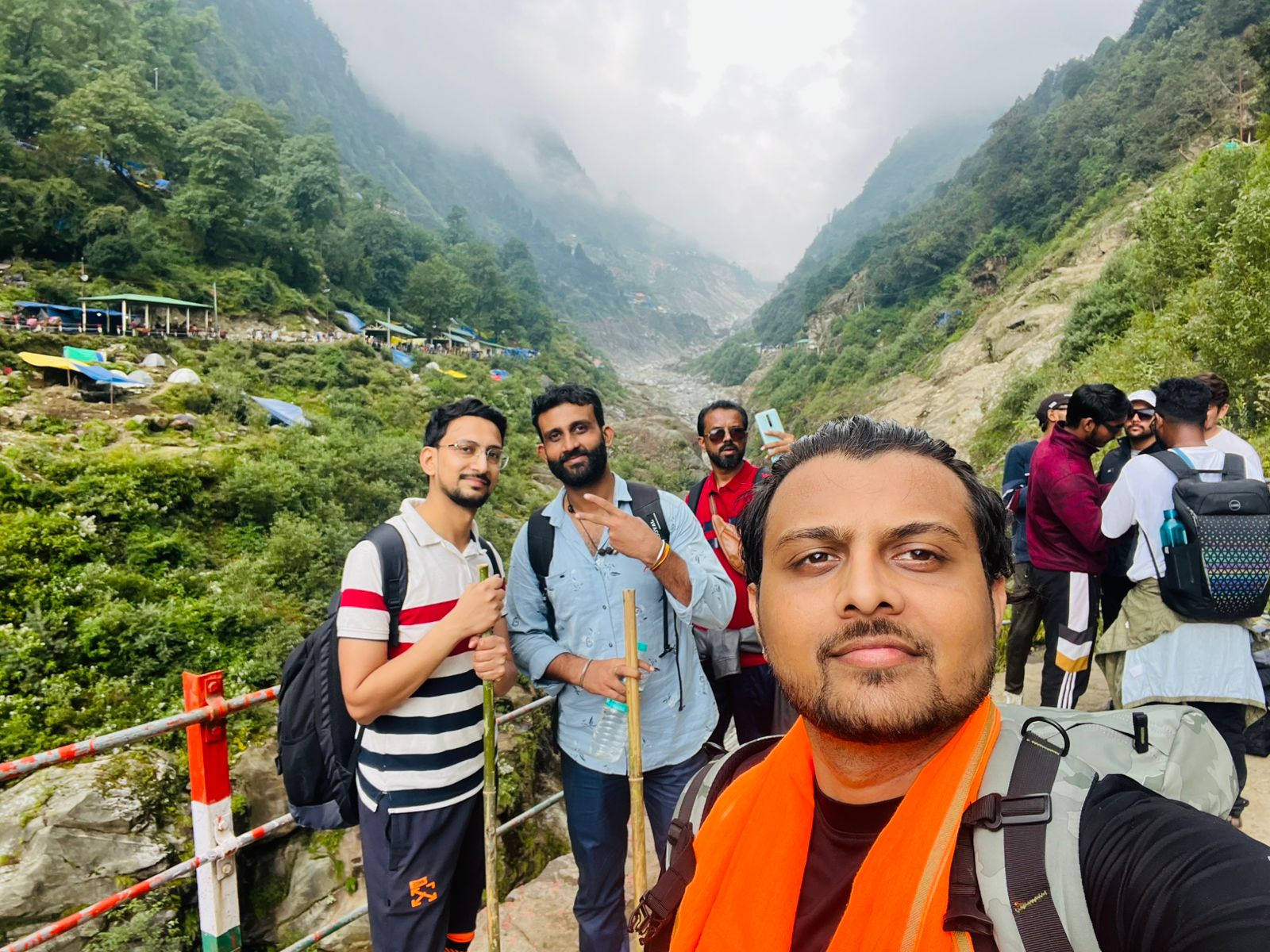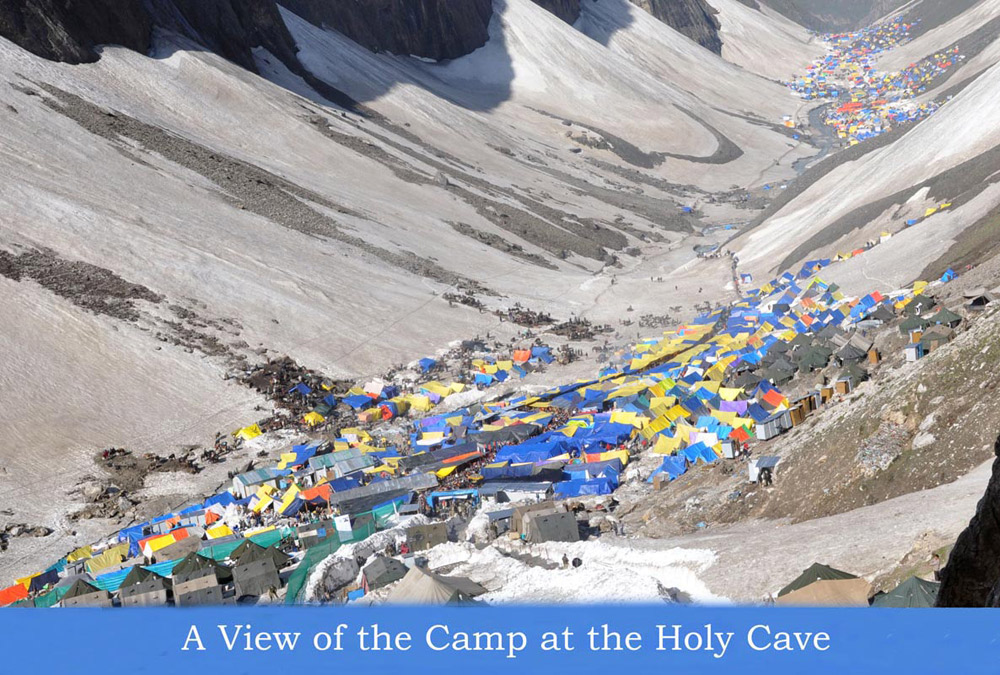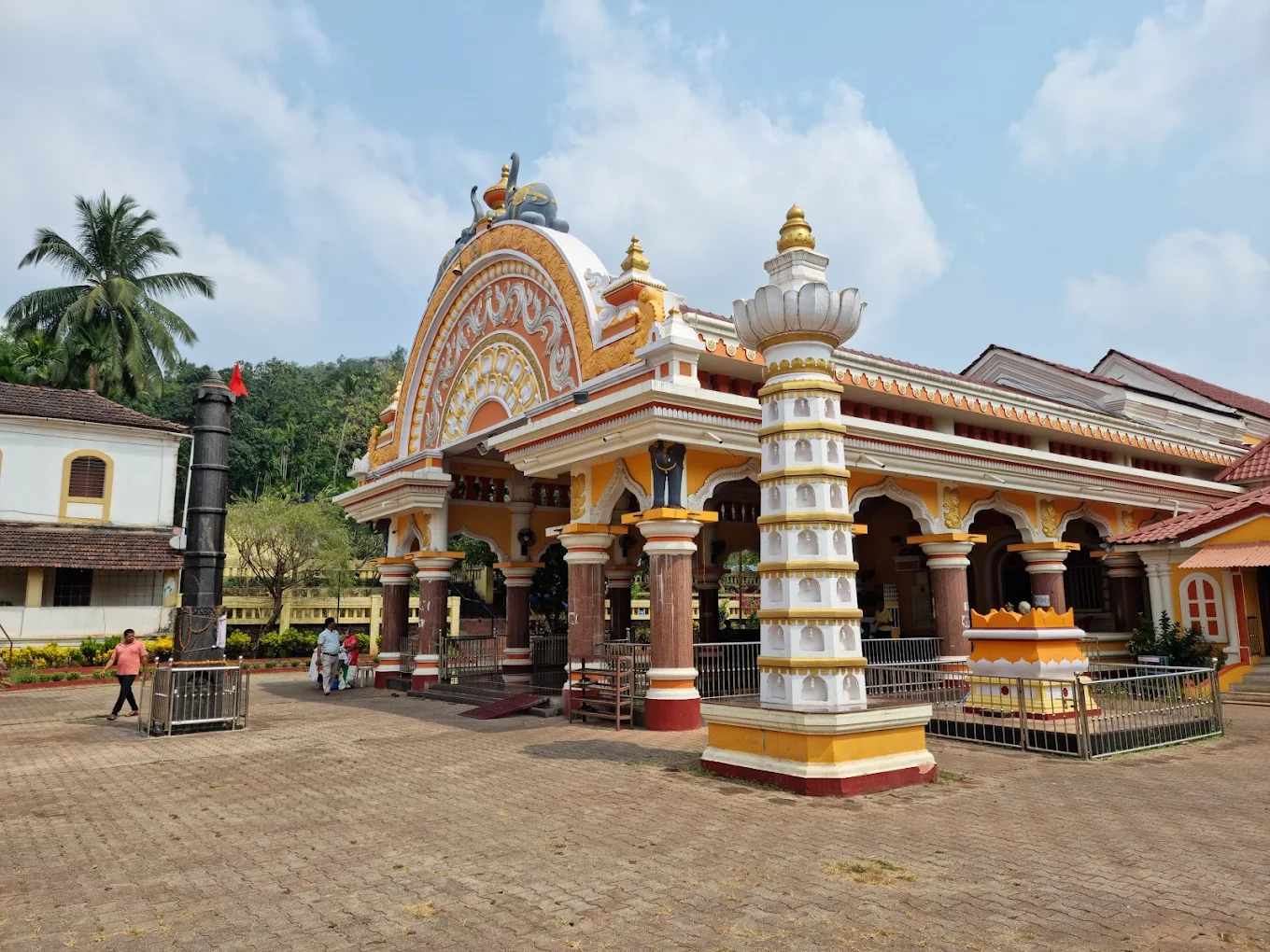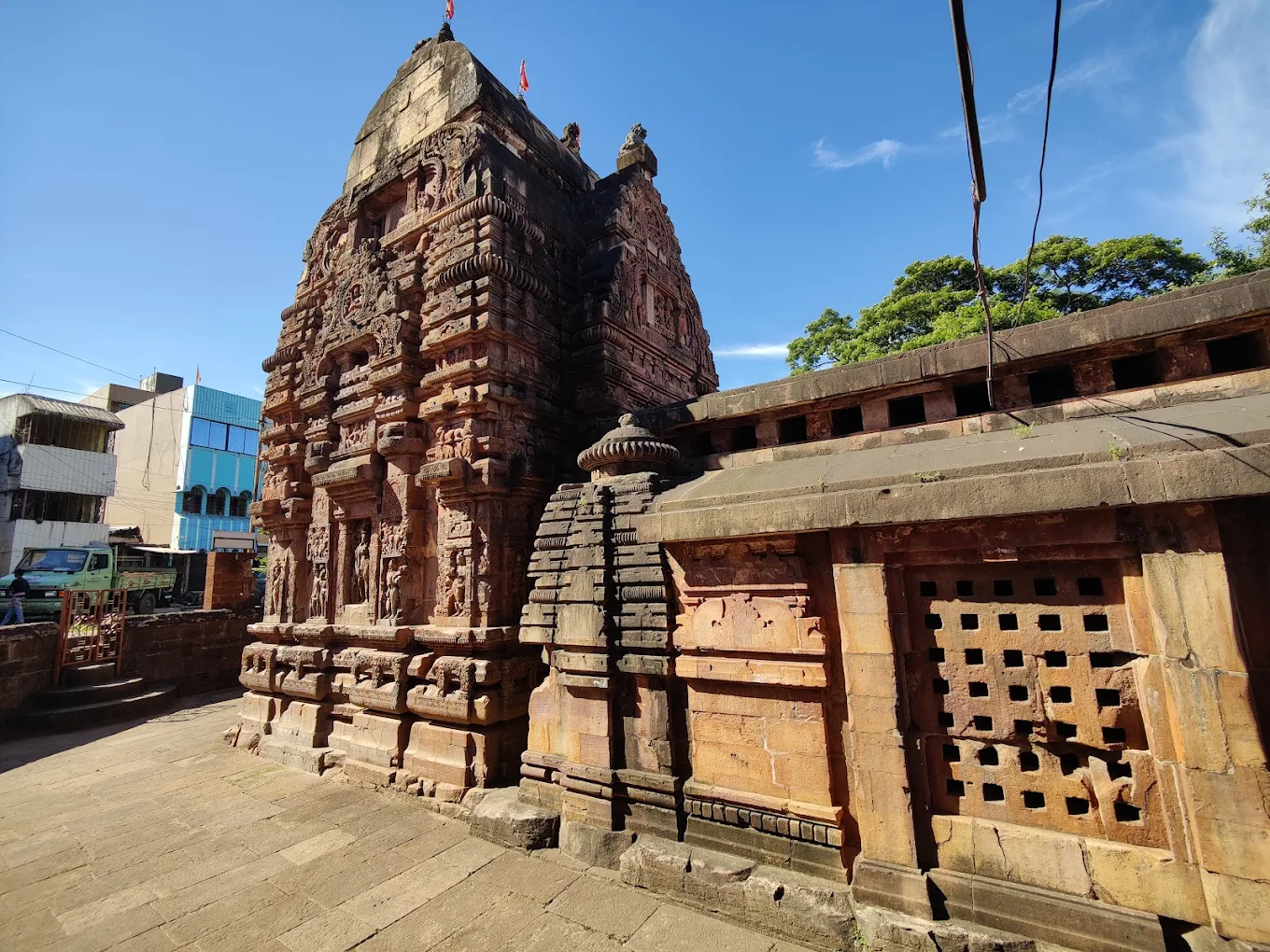
India is a land of spirituality, culture, and history, where temples hold immense significance. Many of these sacred sites are located in remote, picturesque mountains and require devotees to embark on arduous treks, testing their endurance and faith. These temple treks not only provide an opportunity for devotion but also let travelers witness breathtaking landscapes and rich traditions.
In this blog, we will explore some of the most famous temple treks in India, detailing their significance, routes, difficulty levels, and the best times to visit.
1. Kedarnath Trek (Uttarakhand)

Temple Significance:
One of the twelve Jyotirlingas of Lord Shiva, Kedarnath Temple is a revered Hindu pilgrimage site. It is part of the Char Dham Yatra and holds immense spiritual significance.
Trek Details:
- Distance: 16 km from Gaurikund
- Duration: 5–7 hours (one way)
- Difficulty Level: Moderate to difficult
- Best Time to Visit: May to June, September to October
Trek Experience:
The Kedarnath trek starts from Gaurikund, passing through rugged terrain, scenic waterfalls, and lush valleys. Pilgrims often chant religious hymns as they ascend, making the journey a blend of devotion and adventure. Ponies and palanquins are available for those unable to trek on foot.
2. Amarnath Yatra (Jammu & Kashmir)

Temple Significance:
The Amarnath Cave Temple is dedicated to Lord Shiva and is famous for its naturally occurring ice Shivling. It is one of the holiest shrines for Hindus.
Trek Details:
- Routes: Baltal Route (14 km, steep but short) and Pahalgam Route (36 km, gradual ascent)
- Duration: 2–5 days depending on the route
- Difficulty Level: Difficult
- Best Time to Visit: July to August (Shravan month)
Trek Experience:
The trek takes pilgrims through mesmerizing Himalayan landscapes, snow-covered peaks, and glaciers. The high altitude and unpredictable weather make it a challenging trek, but the divine darshan of the ice Shivling makes it worthwhile.
3. Vaishno Devi Trek (Jammu & Kashmir)

Temple Significance:
Vaishno Devi Temple, dedicated to Goddess Vaishnavi, is one of the most visited pilgrimage sites in India.
Trek Details:
- Distance: 13 km from Katra
- Duration: 5–7 hours (one way)
- Difficulty Level: Moderate
- Best Time to Visit: March to October
Trek Experience:
The journey starts from Katra and includes well-paved paths with shelters and refreshment stalls. Many devotees walk barefoot, singing bhajans along the way. Battery-operated vehicles, ponies, and palanquins are available for those unable to trek.
4. Tungnath and Chandrashila Trek (Uttarakhand)

Temple Significance:
Tungnath is the highest Shiva temple in the world and one of the Panch Kedar temples.
Trek Details:
- Distance: 4 km from Chopta (Tungnath), 1.5 km further to Chandrashila
- Duration: 3–4 hours (one way)
- Difficulty Level: Easy to moderate
- Best Time to Visit: April to November
Trek Experience:
The trail from Chopta to Tungnath is scenic, with rhododendron forests and panoramic views of the Himalayas. The trek extends to Chandrashila Peak, offering a 360-degree view of the surrounding peaks like Nanda Devi and Trishul.
5. Hemkund Sahib Trek (Uttarakhand)

Temple Significance:
Hemkund Sahib is an important Sikh pilgrimage site associated with Guru Gobind Singh.
Trek Details:
- Distance: 6 km from Ghangaria
- Duration: 5–6 hours (one way)
- Difficulty Level: Moderate to difficult
- Best Time to Visit: June to October
Trek Experience:
Starting from Govindghat, the trek takes pilgrims through lush meadows and waterfalls. The lake at Hemkund Sahib remains frozen for most of the year, adding to its spiritual aura.
6. Sabarimala Trek (Kerala)

Temple Significance:
Dedicated to Lord Ayyappa, Sabarimala Temple is one of the most visited pilgrimage sites in South India.
Trek Details:
- Distance: 4 km from Pamba
- Duration: 2–3 hours (one way)
- Difficulty Level: Moderate
- Best Time to Visit: November to January (Mandala season)
Trek Experience:
Pilgrims undergo strict 41-day fasting and rituals before undertaking the trek. The journey through dense forests is filled with devotion, as devotees chant “Swamiye Saranam Ayyappa.”
7. Adi Kailash and Om Parvat Trek (Uttarakhand)

Temple Significance:
Adi Kailash, also known as Chhota Kailash, and Om Parvat hold religious significance for Hindus and Buddhists.
Trek Details:
- Distance: 60+ km (various stages)
- Duration: 10–12 days
- Difficulty Level: Difficult
- Best Time to Visit: May to October
Trek Experience:
The trek involves multiple high-altitude passes, river crossings, and glaciers. The sight of Om Parvat, where the snow naturally forms the shape of “Om,” is a divine experience.
Conclusion
India offers a myriad of temple treks, blending spirituality with adventure. Whether you seek the divine grace of Shiva in Kedarnath, the mystical charm of Amarnath, or the tranquility of Hemkund Sahib, these treks are a testament to faith and perseverance. If you’re looking for an experience that combines devotion with breathtaking landscapes, embark on one of these sacred journeys.
Are you ready for your next spiritual adventure? Let us know which temple trek inspires you the most!
FAQs About Famous Temple Treks In India
Which temple trek is best for beginners?
The Vaishno Devi and Tungnath treks are ideal for beginners as they have well-marked paths and moderate difficulty levels.
What is the best time to undertake temple treks in India?
Most temple treks are best undertaken between April and October, avoiding extreme winter conditions.
Are there any accommodations available during the treks?
Yes, most temple treks have dharamshalas, guest houses, and campsites along the route for pilgrims.
Are there any medical facilities available on the treks?
Basic medical facilities and first aid centers are available on major treks, but it's advisable to carry personal medications and consult a doctor before high-altitude treks.



